Nationality French Name Louis-Ferdinand Celine | Role Novelist Children Colette Destouches | |
 | ||
Born Louis Ferdinand Auguste Destouches27 May 1894Courbevoie, France ( 1894-05-27 ) Occupation Novelist, pamphleteer, physician Spouse Lucie Almanzor (m. 1943–1961), Edith Follet (m. 1919) Books Journey to the End of the Night, Death on Credit, Castle to Castle, North, Rigadoon Similar People | ||
Louis ferdinand c line louis ferdinand c line deux clowns pour une catastrophe 2016 tr
Louis-Ferdinand Céline ([selin]) was the pen name of Dr. Louis Ferdinand Auguste Destouches ([detuʃ]; 27 May 1894 – 1 July 1961), a French novelist, pamphleteer and physician. He developed a new style of writing that modernized French literature. His most famous work is the 1932 novel, Journey to the End of the Night.
Contents
- Louis ferdinand c line louis ferdinand c line deux clowns pour une catastrophe 2016 tr
- Louis Ferdinand Cline Journey to the End of the Night BOOK REVIEW
- Early life
- World War I and Africa
- Becoming a doctor
- Becoming a writer
- Literary life and awards
- Antisemitism collaborationism and exile
- Later life and death
- Work and legacy
- Quotes
- References
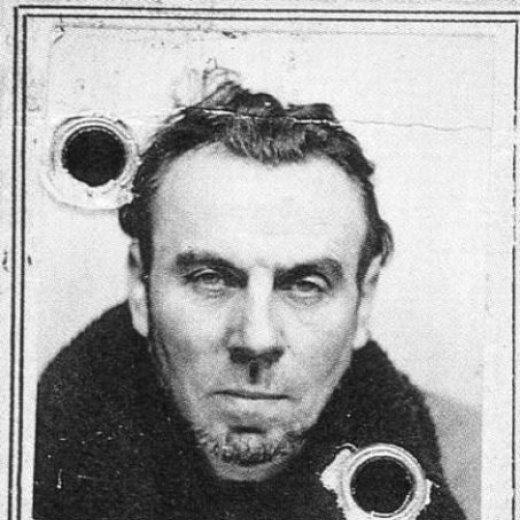
Céline used a working-class, spoken style of language in his writings, and attacked what he considered to be the overly polished, "bourgeois" language of the "academy". His works influenced a broad array of literary figures, not only in France but also in the English-speaking world and elsewhere in the Western World; this includes authors associated with modernism, existentialism, black comedy and the Beat Generation.
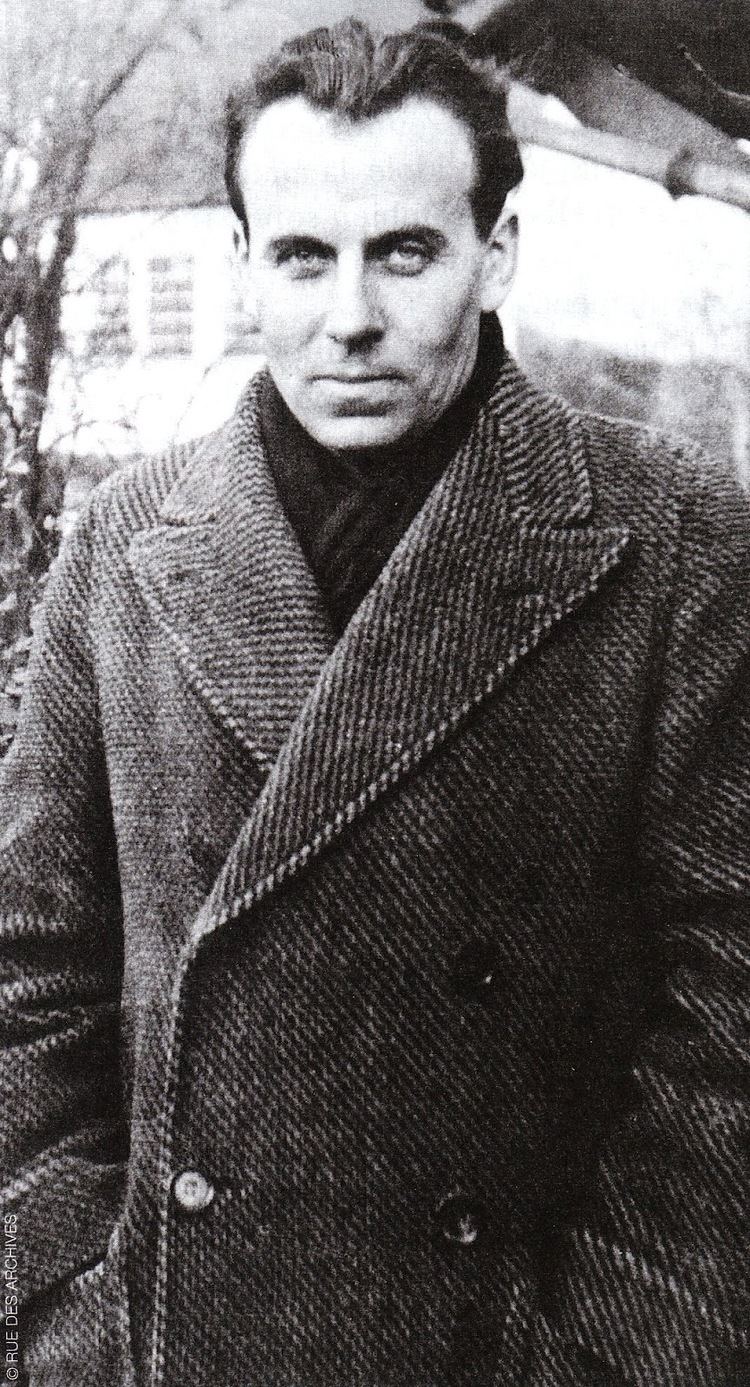
However, Céline's vocal support for the Axis powers during the Second World War and his authorship of some offensively anti-Semitic pamphlets, has meant that his legacy as a cultural icon is a tangled one.
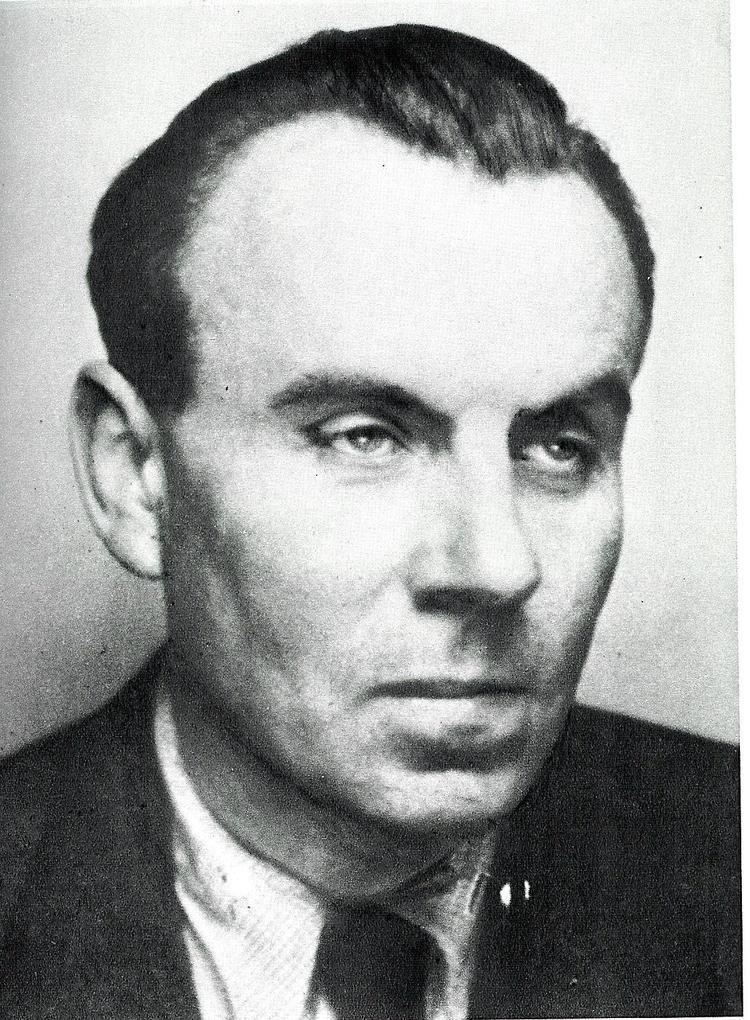
Louis Ferdinand Céline - Journey to the End of the Night BOOK REVIEW
Early life

The only child of Fernand Destouches and Marguerite-Louise-Céline Guilloux, he was born Louis Ferdinand Auguste Destouches in 1894 at Courbevoie, just outside Paris in the Seine département (now Hauts-de-Seine). The family came originally from Normandy on his father's side and Brittany on his mother's side. His father was a middle manager in an insurance company and his mother owned a boutique where she sold antique lace. In 1905 he was awarded his Certificat d'études, after which he worked as an apprentice and messenger boy in various trades. Between 1908 and 1910 his parents sent him to Germany and England for a year in each country in order to acquire foreign languages for future employment. From the time he left school until the age of eighteen Céline worked in various jobs, leaving or losing them after only short periods of time. He often found himself working for jewellers, first, at eleven, as an errand boy, and later as a salesperson for a local goldsmith. Although he was no longer being formally educated, he bought schoolbooks with the money he earned, and studied by himself. It was around this time that Céline started to want to become a doctor.
World War I and Africa
In 1912, in what Céline described as an act of rebellion against his parents he joined the French army, two years before the start of the First World War and its mandatory French conscription. This was a time in France when, following the Moroccan crisis of 1911, nationalism reached "fever pitch" – a period one historian described as "The Hegemony of Patriotism" (1911–1914), particularly affecting opinion in the lycées and grandes écoles of Paris.
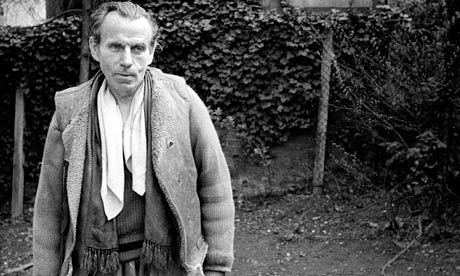
In 1912 Céline began a three-year enlistment in the 12th Cuirassier Regiment stationed in Rambouillet. At first he was unhappy with military life, and even considered deserting. However, he adapted, and eventually attained the rank of Sergeant. The beginning of the First World War brought action to Céline's unit. On 25 October 1914, Céline volunteered to deliver a message, when others were reluctant to do so because of heavy German fire. Near Ypres, during his attempt to deliver the message, he was wounded in his right arm. (He was not wounded in the head, contrary to a popular rumor that he perpetuated.) For his bravery, Céline was awarded the médaille militaire in November, and appeared one year later in the weekly l'Illustré National (November 1915, p16).
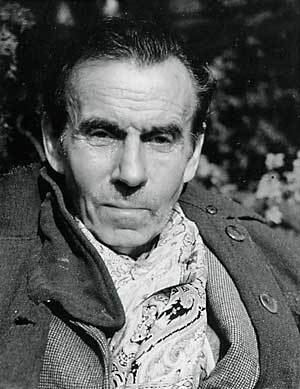
In March 1915 he was sent to London to work in the French passport office. While in London he married Suzanne Nebout but they divorced one year later. In September, his arm wounds were such that he was declared unfit for military duty and was discharged. He returned to France, where he began working at a variety of jobs.
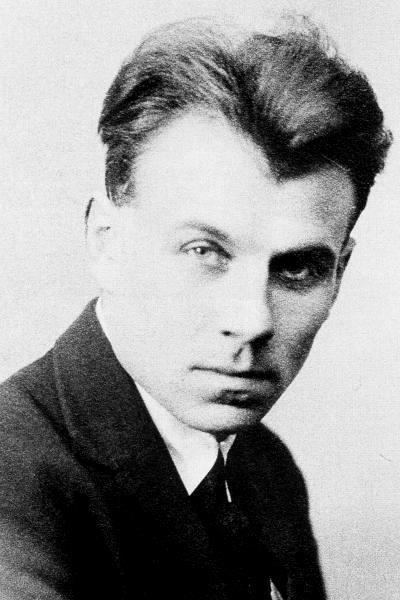
In 1916 Céline set out for Africa as a representative of the Sangha-Oubangui company. He was sent to the Cameroons and returned to France in 1917. Little is known about this trip except that it was unsuccessful. After returning to France he worked for the Rockefeller Foundation: as part of a team it was his job to travel to Brittany teaching people how to fight tuberculosis and improve hygiene.
Becoming a doctor
In June 1919 Céline went to Bordeaux and completed the second part of his baccalauréat. Through his work with the Institute Céline had come into contact, and good standing, with Monsieur Follet, the director of the medical school in Rennes. On 11 August 1919 Céline married Follet's daughter Édith Follet, whom he had known for some time. With Monsieur Follet's influence, Céline was accepted as a student at the university. On 15 June 1920 his wife gave birth to a daughter, Colette Destouches. During this time he studied intensively obtaining certificates in physics, chemistry, and natural sciences. By 1923, three years after he had started the medical program at Rennes, Céline had almost completed his medical degree. His doctoral thesis, The Life and Work of Ignaz Semmelweis, completed in 1924, is actually considered to be his first literary work. Ignaz Semmelweis's contribution to medicine "was immense and, according to Céline, was directly proportional to the misery of his life." In 1924 Céline took up the post of intern at a Paris maternity hospital.
Becoming a writer
In 1925 Céline left his family, never to return. Working for the newly founded League of Nations, he travelled to Switzerland, England, the Cameroons, Canada, the United States, and Cuba. At this time he wrote the play L'Eglise (1933; The Church).
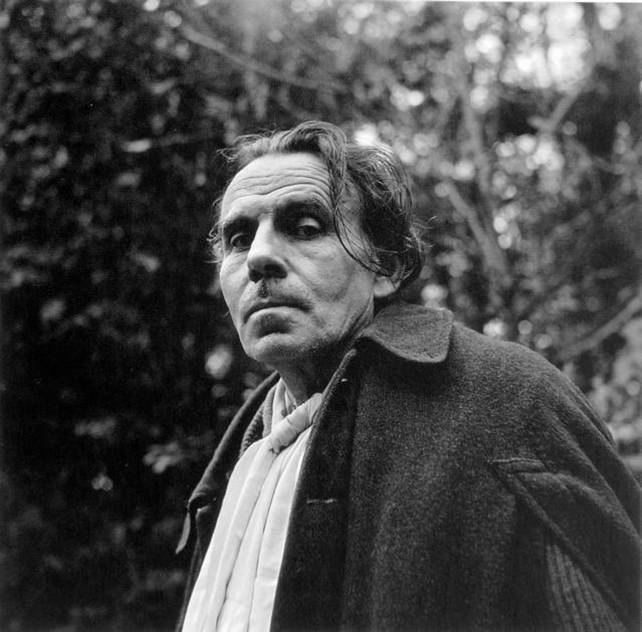
In 1926 he visited America, and was sent to Detroit to study the conditions of the workers at the Ford Automotive Company. Seeing the effects of the "assembly line" disgusted him. His article described the plant as a sensory attack on the worker, and how this attack had literally made the worker part of the machine.
In 1928, Céline returned to medicine to establish a private practice in Montmartre, in the north of Paris, specializing in obstetrics.
He ended his private practice in 1931 to work in a public dispensary.
Literary life and awards
Céline's best-known work is considered to be Journey to the End of the Night (Voyage au bout de la nuit, 1932). It violated many of the literary conventions of the time, using the rhythms and the vocabulary of slang and vulgar speech in a more consistent and occasionally more difficult way than earlier writers, who had made similar attempts in the tradition of François Villon (notably Émile Zola).
The book was a success, but Céline was not awarded the Prix Goncourt despite strong support. The award went to Guy Mazeline's novel Les Loups (The Wolves). The voting was controversial enough to become the subject of a book (Goncourt 32 by Eugène Saccomano, 1999). The first English translation was by John H. P. Marks in 1934. A more current English translation is by Ralph Manheim in 1983.
In 1936 Céline published Mort à crédit (Death on the Installment Plan), presenting an innovative, chaotic, and antiheroic vision of human suffering. In it he extensively used ellipses throughout the text to enhance the rhythm and emphasise the style of speech. In both these books he showed himself to be a great stylistic innovator and a masterly storyteller. French author Jean-Paul Sartre publicly praised Céline at this time.
Antisemitism, collaborationism and exile
In 1935 British critic William Empson had written that Céline appeared to be "a man ripe for fascism". Two years later Céline began a series of pamphlets containing antisemitic themes: Bagatelles pour un massacre (Trifles for a Massacre) (1937), L'École des cadavres (The School of Corpses) (1938) and Les Beaux draps (The Fine Mess) (1941). The Fine Mess was last published in France during the German occupation. These works were characterized by a virulent antisemitism, racism and bigotry. His Trifles for a Massacre is an endless litany critical of French Jews and their influence on French society. Both The School of Corpses and The Fine Mess contain antisemitic themes.
Before the war, Céline campaigned for an alliance between France and Nazi Germany. In L'École des cadavres he contrasted Hitler with the French Communist party leader Maurice Thorez, writing:
Who is the true friend of the people? Fascism is. Who has done the most for the working man? The USSR or Hitler? Hitler has... Who has done the most for the small businessman? Not Thorez but Hitler!
During the Occupation of France, he wrote letters to several collaborationist journals, denouncing the Jews. Even some Nazis thought Céline's antisemitic pronouncements were so extreme as to be counter-productive. Bernhard Payr, the German superintendent of propaganda in France, considered that Céline "started from correct racial notions" but his "savage, filthy slang" and "brutal obscenities" spoiled his "good intentions" with "hysterical wailing".
When Germany declared war on the Soviet Union in June 1941, he expressed his support for Jacques Doriot's recently founded collaborationist force Legion of French Volunteers Against Bolshevism (LVF):
We do not think enough about the protection of the white Aryan race. Now is the time to act, because tomorrow will be too late. ... Doriot behaved as he always has. This is a man ... one must work and campaign with. ... This Legion, so maligned, so criticised, is proof of life. ... I tell you, the Legion it's very good, it is all that is good.
Despite this, Céline could also be critical of Hitler, and of what he called "Aryan baloney".
In February 1944, while Céline was having dinner in the German embassy in Paris with his friends Jacques Benoist-Méchin, Pierre Drieu La Rochelle and Gen Paul, he asserted to German ambassador Otto Abetz that Hitler was dead and had been replaced by a Jewish double.
After Germany's defeat in 1945, Céline fled to Denmark. Named a collaborator, in 1950 he was convicted in absentia in France, sentenced to one year of imprisonment and declared a national disgrace. He was subsequently granted amnesty and returned to France in 1951.
Later life and death
Céline regained fame in later life with a trilogy of books which described his exile: Castle to Castle, (describing the fall of Schloss Sigmaringen), North and Rigadoon.
Following his return from exile he lamented his ruined reputation but never voiced regret for his antisemitic works, rather preferring to make additional statements of Holocaust denial. He declared that "white Aryan Christian civilization" had ended with Stalingrad and that early in his life he had recognized the Jews as "exploiters."
He settled in Meudon, where he was visited by several friends and artists, among them the famous actress Arletty. He became famous among the Beat Movement. Both William S. Burroughs and Allen Ginsberg – who was Jewish – visited him in his Paris apartment during the 1950s. Céline died on 1 July 1961 of a ruptured aneurysm, the day after finishing Rigadoon, and was buried in a small cemetery at Bas Meudon (part of Meudon in the Hauts-de-Seine département). His house burned down during the night of 23 May 1968, destroying manuscripts, furniture and mementos, but leaving his parrot Toto alive in the adjacent aviary.
Work and legacy
Céline's writings are examples of black comedy, where unfortunate and often terrible things are described humorously. While his writing is often hyper-real and its polemic qualities can often be startling, his chief strength lies in his ability to discredit almost everything and yet not lose a sense of enraged humanity. Pessimism pervades Céline's fiction as his characters sense failure, anxiety, nihilism, and inertia. Will Self has described Céline's work as an "invective, which – despite the reputation he would later earn as a rabid antisemite – is aimed against all classes and races of people with indiscriminate abandon". The narrative of betrayal and exploitation, both real and imagined, corresponds with his personal life. His two truest loves, his wife, Lucette Almanzor, and his cat, Bébert, are always mentioned with kindness and warmth.
Where some critics see a progressive disintegration of personality reflected in the stylistic incoherence of his books based on his life during the war (Guignol's Band, D'un château l'autre and Nord), others claim that the books are less incoherent than intentionally fragmented. They see the development of the style introduced with Journey to the End of the Night continuing, suggesting that Céline maintained his faculties in clear working order to the end of his days. In Conversations with Professor Y (1955) Céline defends his style, indicating that his heavy use of the ellipse and his disjointed sentences are an attempt to embody human emotion in written language. Céline saw literature as the art of mapping human emotions on a piece of paper. Such a mapping is far from natural, and it distorts the emotions. He likens it to looking at a straight ruler partially immersed in a tub filled with water. Because of the refraction of light you see the ruler as if it were broken. If your aim is to give as accurate a picture of a straight ruler as is possible in this environment, then before immersing the ruler in the water you have to bend it in such a way that after refraction it will look straight. If you want to convey human emotions as accurately as you can on a piece of paper, you must “bend” them before describing them on the page. According to Céline, the tool for “bending” emotions is style.
Journey to the End of the Night is among the most acclaimed novels of the 20th century. Few first novels have had a comparable impact. Written in an explosive and highly colloquial style, the book shocked most critics but found immediate success with the French reading public, which responded enthusiastically to the violent misadventures of its petit-bourgeois antihero, Bardamu, and his characteristic nihilism. The author's military experiences in World War I, his travels to colonial French West Africa, New York, and his return to postwar France all provide episodes within the sprawling narrative.
Guignol's Band and its companion novel London Bridge center on the London underworld during World War I. In London Bridge a sailboat appears, bearing the name King Hamsun, obviously a tribute to Knut Hamsun, another collaborationist writer. Céline's autobiographical narrator recounts his disastrous partnership with a mystical Frenchman (intent on financing a trip to Tibet by winning a gas-mask competition); his uneasy relationship with London's pimps and prostitutes and their common nemesis, Inspector Matthew of Scotland Yard.
Céline's legacy survives in the writings of Samuel Beckett, Queneau and Jean Genet among others. Jean-Marie Gustave Le Clézio, Robbe-Grillet, and Barthes expressed admiration for him. In the United States, writers Charles Bukowski, Henry Miller, Jack Kerouac, Joseph Heller, Kurt Vonnegut, Jr., William S. Burroughs, Edward Abbey, Jim Morrison and Ken Kesey owe an obvious debt to the author of Voyage au bout de la nuit, yet not in terms of style in writing, but as major aesthetic, amoralistic influence. Bukowski (who was of part-Jewish ancestry himself) wrote "'first of all read Céline; the greatest writer of 2,000 years" Céline was also an influence on Irvine Welsh, Günter Grass, Karl Parkinson (The Blocks) and Raymond Federman.
The antisemitic books of the 1930s have not been reprinted because Céline's wife has forbidden their publication. At the 50th anniversary of Céline's death in 2011, Frédéric Mitterrand, the French Minister of Culture and Communication, announced that Céline would be excluded from the list of 500 French Cultural Icons to be honoured that year because of his antisemitic writings. And he wrote the war in the space in 1944.
Quotes
Experience is a dim lamp - which only lights the one who bears it
Life is filigree work What is written clearly is not worth much - it's the transparency that counts
Almost every desire a poor man has is a punishable offence
